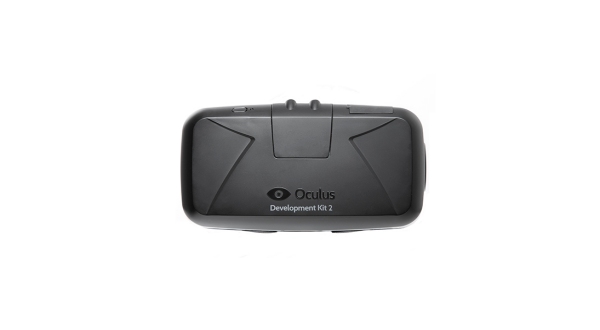Oculus Rift System Requirements Announced

Oculus is starting to roll out more details about the Rift, the virtual reality headset. What sort of details did they make public? The system requirements and why the system requirements are as high as they are and what's required to process high-resolution and smooth frame-rate in high-end games.
The system requirements were published on the Oculus website. The recommended settings for using the Rift are as follows:
NVIDIA GTX 970 / AMD 290 equivalent or greater
Intel i5-4590 equivalent or greater
8GB+ RAM
Compatible HDMI 1.3 video output
2x USB 3.0 ports
Your Daily Blend of Entertainment News
Windows 7 SP1 or newer
Those are some very high-end graphics card requirements. The GTX 970, despite being embroiled in a controversy surrounding an inaccurate amount of VRAM, is still the card to which Oculus is using as the standard measurement for powering the >Rift.
On the AMD side, the RX 290 is the card to have if you want to play your games with reasonable resolution and frame-rates using the Rift. For right now, a lot of games have unsupported, modded Rift support, ranging from games like Skyrim to the recently released Rockstar Games title, GTA V.
But why are the stats so high? Why are gamers required to have a standard of 8GB of RAM or more in order to power this device?
Well, chief architect at Oculus and the technical director for the Rift, Atman Binstock, explained on a blog post exactly why the requirements are as high as they are, writing...
On the raw rendering costs: a traditional 1080p game at 60Hz requires 124 million shaded pixels per second. In contrast, the Rift runs at 2160×1200 at 90Hz split over dual displays, consuming 233 million pixels per second. At the default eye-target scale, the Rift’s rendering requirements go much higher: around 400 million shaded pixels per second. This means that by raw rendering costs alone, a VR game will require approximately 3x the GPU power of 1080p rendering.
So there you have it. The reason the requirements are so high is that in order to render more than 400 million shaded pixels per second requires three times the standard GPU power for 1080p rendering. In a way, to break this down even further, you can imagine that running Oculus Rift games in 1080p is the equivalent of running standard games at 4K with today's GPUs.
Binstock also explains that running the Rift at 1080p will have fixed specs. As mentioned in the post...
The recommended spec will stay constant over the lifetime of the Rift. As the equivalent-performance hardware becomes less expensive, more users will have systems capable of the full Rift experience. Developers, in turn, can rely on Rift users having these modern machines, allowing them to optimize their game for a known target, simplifying development.
In addition to this, laptops with discrete GPUs currently available on the market do not meet the recommended requirements. The post does note that further down the line some of the mobile devices may soon be able to meet the requirements to power the Rift the way it was meant to be powered, but it's still a ways off.
This definitely makes me curious how well the HTC Vive will compare to the Rift with its recommended settings when it goes live this fall.
Staff Writer at CinemaBlend.

